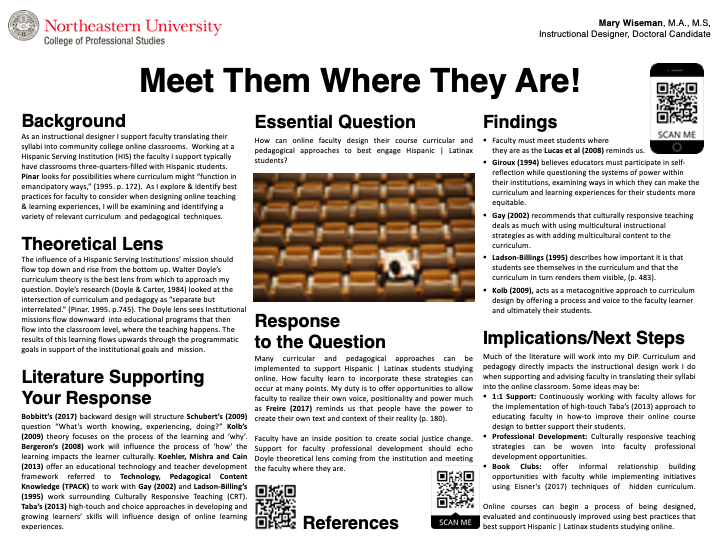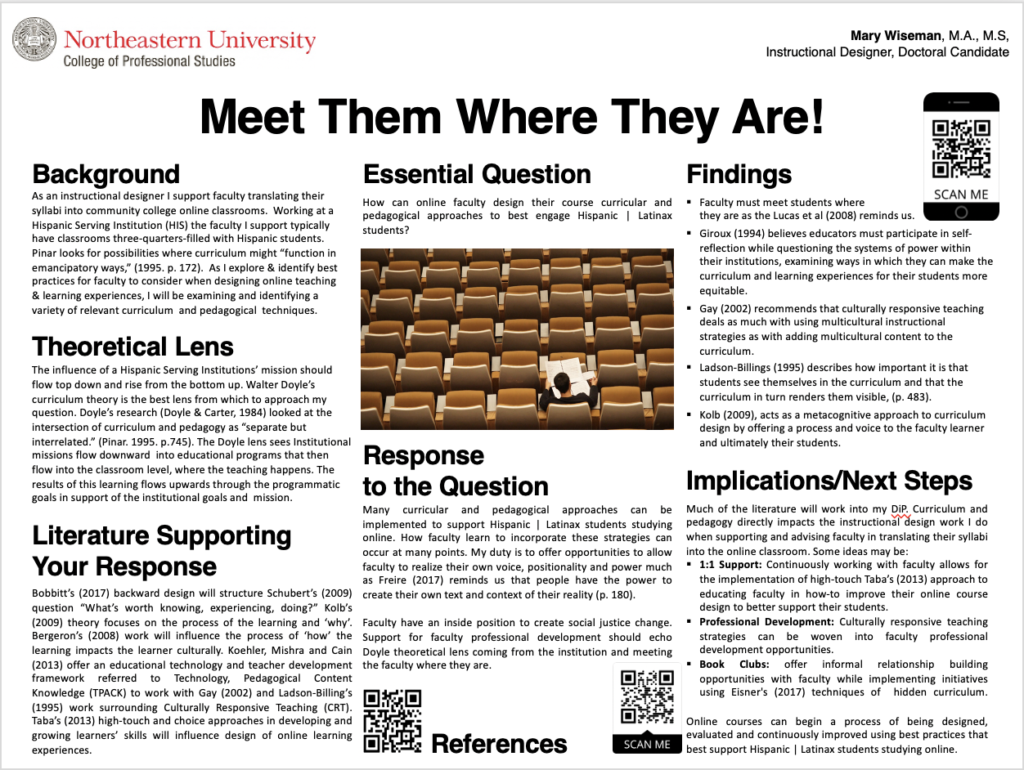Since very early April 2024 I have been leading a Western Massachusetts Consortium Partnership. Springfield Technical Community College [STCC] received a $250,000 state grant to work with other higher education institutions in Western Massachusetts to increase faculty’s core equity competencies and knowledge about racial equity, social justice and structures that have an impact on student success.
The grant was announced by the Healey-Driscoll Administration on May 28, the Massachusetts Higher Education Innovation Fund grant from the Massachusetts Department of Higher Education will support professional development for faculty and staff at STCC and partner institutions. The goal of the project is to help underserved and underrepresented students – especially students of color –succeed along their academic journey, from applying to STCC to graduation.
“In Massachusetts, we’re proud to have significantly expanded access to higher education, including historic increases in financial aid, but work remains to ensure that students of all backgrounds have the resources and support they need to start and succeed in their higher education journey,” Gov. Maura Healey said in the May 28 announcement. “This investment reflects our commitment to enhancing educational opportunities and experiences for all students, particularly for our Black and Hispanic students.”
Initiating a second year of training, STCC will lead the project in partnership with Berkshire and Holyoke Community Colleges, Springfield College, and Westfield State University to raise the equity agenda across campuses throughout Western Massachusetts. Participants will receive a stipend for 15 to 20 hours of participation. Faculty and staff at participating institutions will join a core coaching group known as Equity Leaders & Guides who will train in equity-minded practices.
“We have a proven record at STCC. We have already trained many of our faculty and staff,” Wiseman said. “Working with our college and university partners, we strive to exchange ideas and learn with and from each other as we gain more knowledge, enhance our skills and advance the equity agenda across all our campuses.”
I am grateful for the leadership and support from our STCC Faculty Fellow Ashley Pease, Associate Professor, Psychology, Coordinator of Behavioral Sciences. Together we are working with the engagement and commitment of the 2024 Equity Leaders and Guides participants.
The faculty will work together to discover new teaching techniques. They will attend workshop training with the Collaborative for Educational Services, CES Northampton.
STCC, which has a technical focus in all of its programs, is designated as a Hispanic Serving Institution. Approximately 34 percent of the student body are Latino, Latina or Latinx.
STCC has supported several diversity, equity and inclusion efforts over recent years, including but not limited to the formation of the Anti-Racism and Inclusion Alliance and the creation of an equity agenda for each of the three academic schools.



